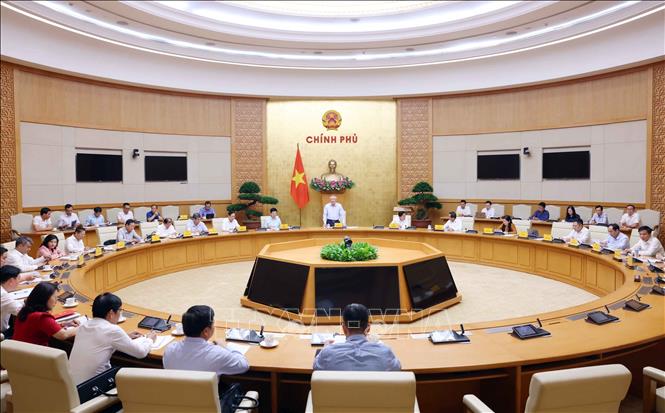
Meeting scene. Photo: Pham Kien/VNA
A representative of the Ministry of Agriculture and Environment said that, implementing the Prime Minister's direction, the Ministry has reported on the proposal for investment policy to build the National Target Program on New Rural Development and Sustainable Poverty Reduction for the period 2026 - 2035 on the basis of integrating the National Target Program on New Rural Development and the National Target Program on Sustainable Poverty Reduction. Currently, the Prime Minister has decided to establish a State Appraisal Council to report on the proposal for investment policy for the Program. The Ministry of Finance is taking steps according to the process. The Ministry of Agriculture and Environment is completing it according to the Prime Minister's direction.
Total investment in phase 2 of the National Target Program for Socio -Economic Development in Ethnic Minority and Mountainous Areas is over 158.3 trillion VND.
The name of the Program is the National Target Program on New Rural Development and Sustainable Poverty Reduction for the period 2026-2035. The beneficiaries of the Program include poor households, near-poor households, newly escaped-poverty households, people, residential communities, cooperatives, cooperative groups, enterprises and other relevant organizations nationwide, with priority given to rural areas and poor communes. The Program is implemented nationwide, in 3,321 commune-level administrative units, concentrated in rural areas, especially poor communes. The implementation period is 10 years, from 2026 to 2035, divided into 2 phases 2026-2030 and 2031-2035.
The program is designed into 10 groups of component contents with 60 specific contents. The specific implementation of the contents is carried out by the sector management ministries according to the national target programs and programs approved by competent authorities. The central government allocates total resources to localities, and localities are fully responsible for implementation.
Regarding the National Target Program on Socio-Economic Development of Ethnic Minority and Mountainous Areas for the 2021-2030 period, Deputy Minister of Ethnic Minorities and Religions Y Vinh Tor said that localities all assessed that there were positive changes in the implementation of the program in the 2021-2025 period, and at the same time agreed to propose implementing phase 2 (2026-2030).
The Phase 2 Program continues to implement the objectives, objects and scope approved by the National Assembly for the entire period of 2021 - 2030. The content of the Phase 2 Program is arranged and restructured from 10 projects, 14 sub-projects to 5 main components including investment in construction and completion of infrastructure in ethnic minority and mountainous areas; support for production development and livelihood creation, income improvement for people in ethnic minority and mountainous areas; human resource development in ethnic minority and mountainous areas; support for the development of ethnic groups facing many difficulties, with specific difficulties, and communication, propaganda, inspection, supervision, and reporting regime.
Total investment in phase 2 is over 158.3 trillion VND; of which central budget capital is over 120.6 trillion VND; local budget is over 11.5 trillion VND; policy credit capital is over 22.6 trillion VND; other legally mobilized capital: 3,412 billion VND.
Reduced investment efficiency, unable to take advantage of complementarity between programs
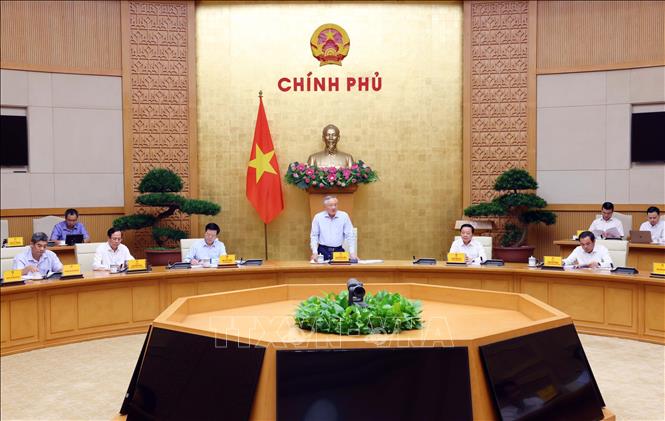
Permanent Deputy Prime Minister Nguyen Hoa Binh speaks. Photo: Pham Kien/VNA
After reviewing, the Government Office found that the beneficiaries of the 3 Programs are mountainous communes and poor ethnic minority areas. In terms of location, many mountainous ethnic minority communes are both rural and poor communes; infrastructure investment, livelihood support, and vocational training items overlap in content (in which the New Rural Program invests in basic infrastructure; the Sustainable Poverty Reduction Program supports employment, livelihoods, and vocational training; the Socio-economic Development Program for Ethnic Minority Mountain Areas invests in essential infrastructure and livelihoods).
Therefore, the independent implementation of the 3 Programs in the past time encountered some difficulties and obstacles in the implementation process such as: Resources were dispersed, slow disbursement of public investment capital, localities (commune level) received many investment capital sources for infrastructure, causing difficulties in planning, reporting and mobilizing counterpart capital, causing overlap in management and supervision, making it difficult to evaluate the effectiveness of the Programs, reducing investment efficiency, and not taking advantage of the complementarity between the Programs.
At the meeting, opinions from ministries, branches and agencies of the National Assembly showed that the integration of the 3 National Target Programs has advantages such as jointly implementing the goals of Resolution No. 19-NQ/TW of the Central Executive Committee on agriculture, farmers and rural areas until 2030, with a vision to 2045 to meet the needs of developing ecological agriculture, modern rural areas and civilized farmers. All 3 Programs have content on improving infrastructure, economic development and social security.
Regarding policy mechanisms, unifying an operating mechanism will avoid many administrative procedures and issuing many guiding documents with the same implementation content. Unifying the decentralization and allocation of resources to localities for self-implementation and responsibility, avoiding overlap in policy beneficiaries...
However, besides that, the integration of these 3 programs also has difficulties such as although the National Target Program for Socio-Economic Development of Ethnic Minority and Mountainous Areas has some similar contents with the contents of the National Target Program for New Rural Development and Sustainable Poverty Reduction, however, when integrating, it will have to be reviewed and rebuilt, and cannot be mechanically imported...
According to Deputy Prime Minister Tran Hong Ha, current national target programs are all aimed at similar target groups and locations, mainly rural, mountainous and ethnic minority areas, where the poverty rate is highest. When approving the three national target programs, the National Assembly requested clear identification of content, targets and locations; at the same time, integrating policies and resources between programs, ensuring synchronous allocation, appropriate to the characteristics of ethnic minority and mountainous areas.
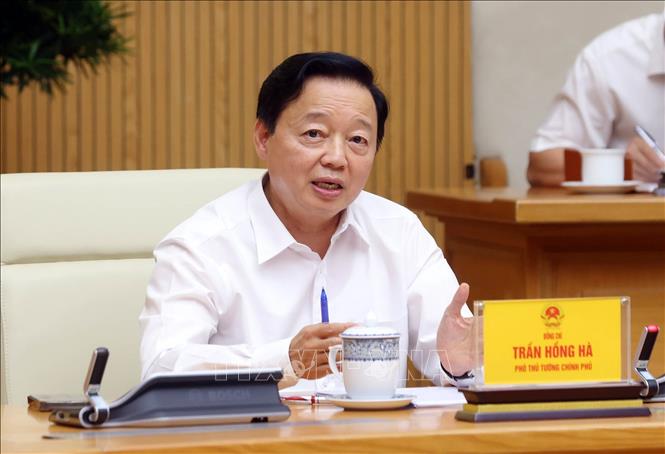
Deputy Prime Minister Tran Hong Ha speaks. Photo: Pham Kien/VNA
“The review and adjustment of national target programs needs to be carried out in the direction of reviewing and integrating related contents, especially in the fields of education, health, culture and sustainable poverty reduction, in which rural areas and ethnic minority areas must be given higher priority,” Deputy Prime Minister Tran Hong Ha emphasized.
The Deputy Prime Minister proposed two ways of implementation. First, defining a number of common goals for all three programs, in which the National Target Program for Sustainable Poverty Reduction is nationwide, while ethnic minority areas are given more priority. Second, clearly defining goals, tasks and decentralizing specific tasks to localities is a fundamental solution to overcome overlapping and fragmentation, improve the efficiency of public investment and ensure that national target programs achieve substantial and sustainable results. The central government focuses on issuing policies, inspecting, monitoring and evaluating results.
Agreeing on the policy of integrating the 3 Programs into a new program, Deputy Prime Minister Mai Van Chinh stated that this Program will have a common goal, but will include two components: one component on new rural areas and poverty reduction, and one component on ethnic minorities. In particular, ethnic minority and mountainous areas are areas with many limitations in infrastructure, socio-economics, and culture; some languages, customs, and material culture of the ethnic minorities are gradually fading away, so there needs to be specific policies and separate components for ethnic minority areas.
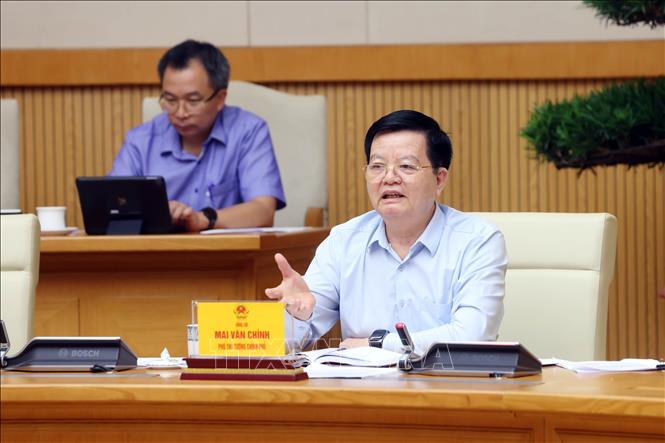
Deputy Prime Minister Mai Van Chinh speaks. Photo: Pham Kien/VNA
Deputy Prime Minister Mai Van Chinh also proposed reviewing and removing overlapping content with the new rural and poverty reduction programs, and retaining unique elements, especially in terms of culture.
Clearly identify difficulties to have solutions
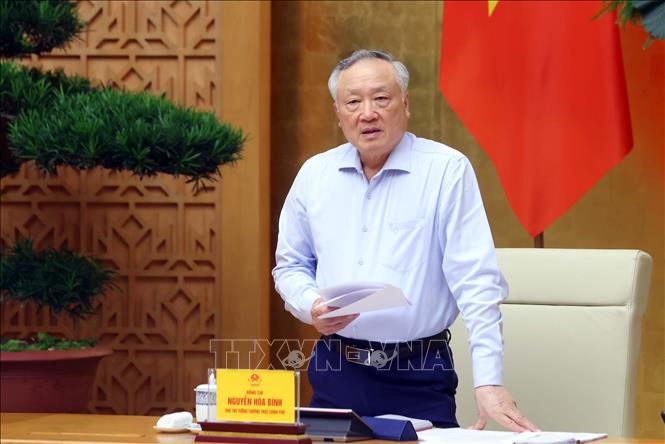
Permanent Deputy Prime Minister Nguyen Hoa Binh speaks. Photo: Pham Kien/VNA
Concluding the meeting, emphasizing that the meeting agreed with the proposal to integrate 3 programs into 1 program, Deputy Prime Minister Nguyen Hoa Binh stated that although there are difficulties in integration, the advantages are huge, the difficulties have also been identified and clearly assessed to have measures to overcome them. The preparation work, proposal for merger and integration must be prepared very methodically, elaborately, quickly but must ensure quality to be submitted to superiors for consideration and decision.
The Permanent Deputy Prime Minister stated that in the process of researching and proposing the merger, there must be a thorough review of the contents of all three programs in particular and other target programs being developed (culture, education, health); in the context of administrative boundaries and legal status of government levels having changed compared to before; there must be strong decentralization, delegation of power, and division of authority.
According to the Deputy Prime Minister, the implementation of the three programs has achieved very good and positive results. However, it is necessary to continue implementing the second phase of the three programs.
Regarding the integration principle, the First Deputy Prime Minister requested to maintain all the objectives, targets, and policies approved by the National Assembly for all three programs, with the duration extended to 2035; only addressing overlapping issues between the three programs. The new program does not have to be rebuilt or re-approved from the beginning, but has two components. The steering agencies of the three programs are the Government and participating ministries; the Ministry of Finance is the general focal point.
Source: https://baotintuc.vn/thoi-su/pho-thu-tuong-thuong-truc-nguyen-hoa-binh-tich-hop-3-chuong-trinh-muc-tieu-quoc-gia-20251015173439698.htm




![[Photo] Conference of the Government Party Committee Standing Committee and the National Assembly Party Committee Standing Committee on the 10th Session, 15th National Assembly](https://vphoto.vietnam.vn/thumb/1200x675/vietnam/resource/IMAGE/2025/10/15/1760543205375_dsc-7128-jpg.webp)
![[Photo] General Secretary To Lam attends the 18th Hanoi Party Congress, term 2025-2030](https://vphoto.vietnam.vn/thumb/1200x675/vietnam/resource/IMAGE/2025/10/16/1760581023342_cover-0367-jpg.webp)

![[Photo] Many dykes in Bac Ninh were eroded after the circulation of storm No. 11](https://vphoto.vietnam.vn/thumb/1200x675/vietnam/resource/IMAGE/2025/10/15/1760537802647_1-7384-jpg.webp)
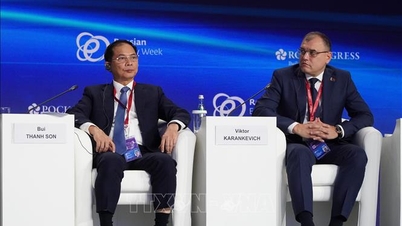

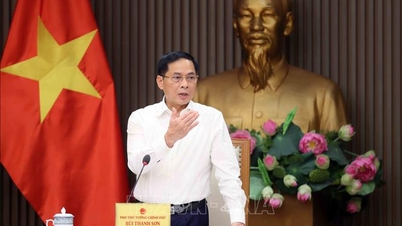
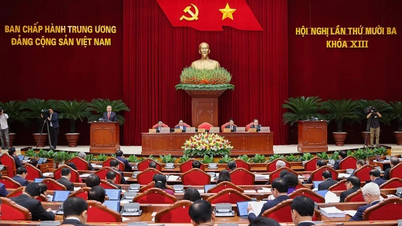




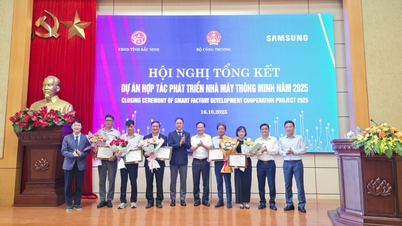
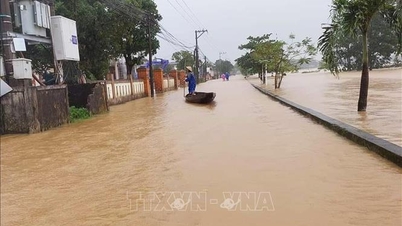
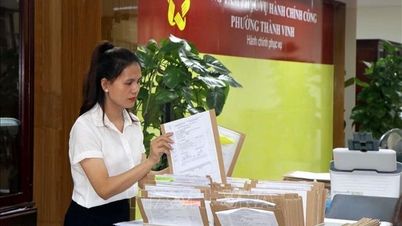
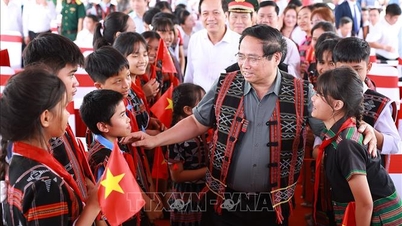


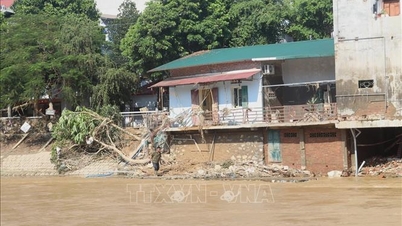





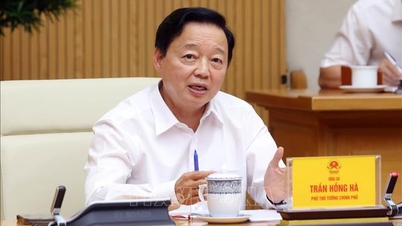
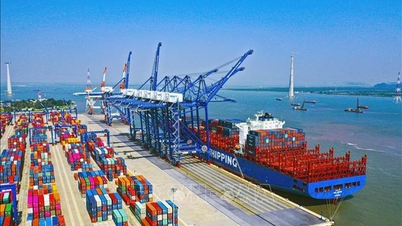

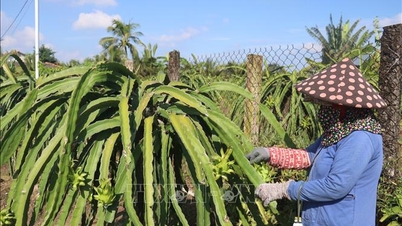
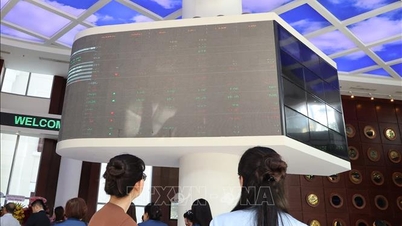





![[Video] TripAdvisor honors many famous attractions of Ninh Binh](https://vphoto.vietnam.vn/thumb/402x226/vietnam/resource/IMAGE/2025/10/16/1760574721908_vinh-danh-ninh-binh-7368-jpg.webp)





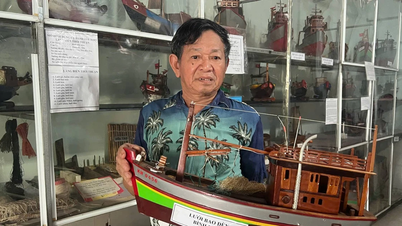




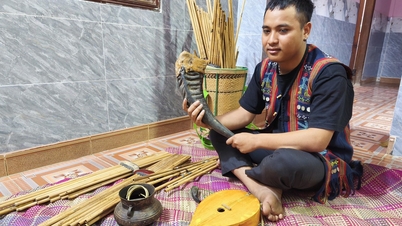
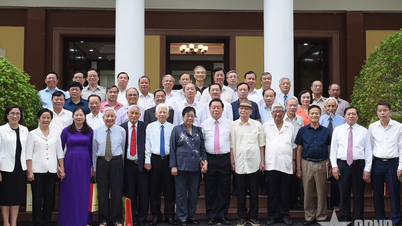



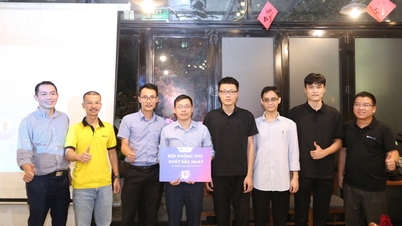



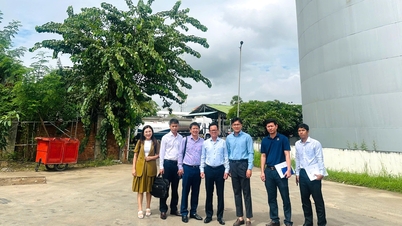










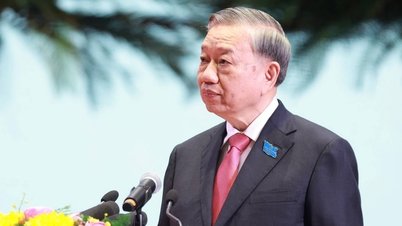

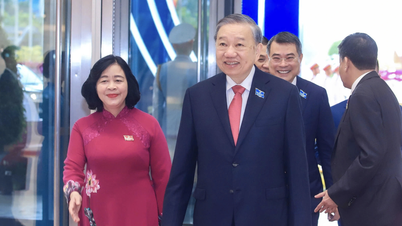
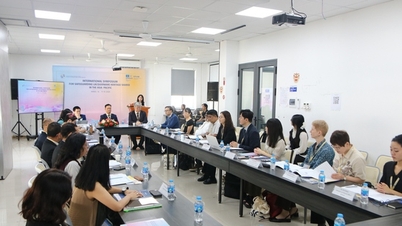

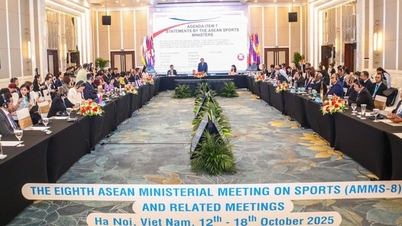
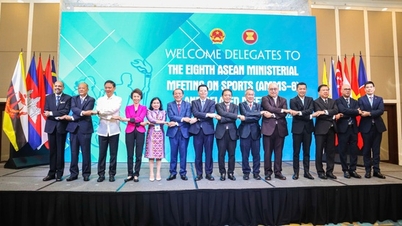



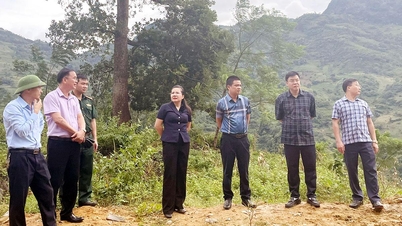





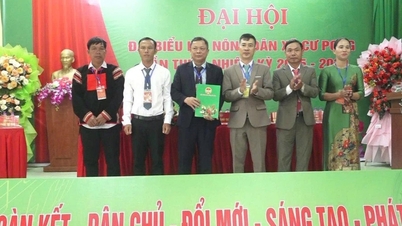















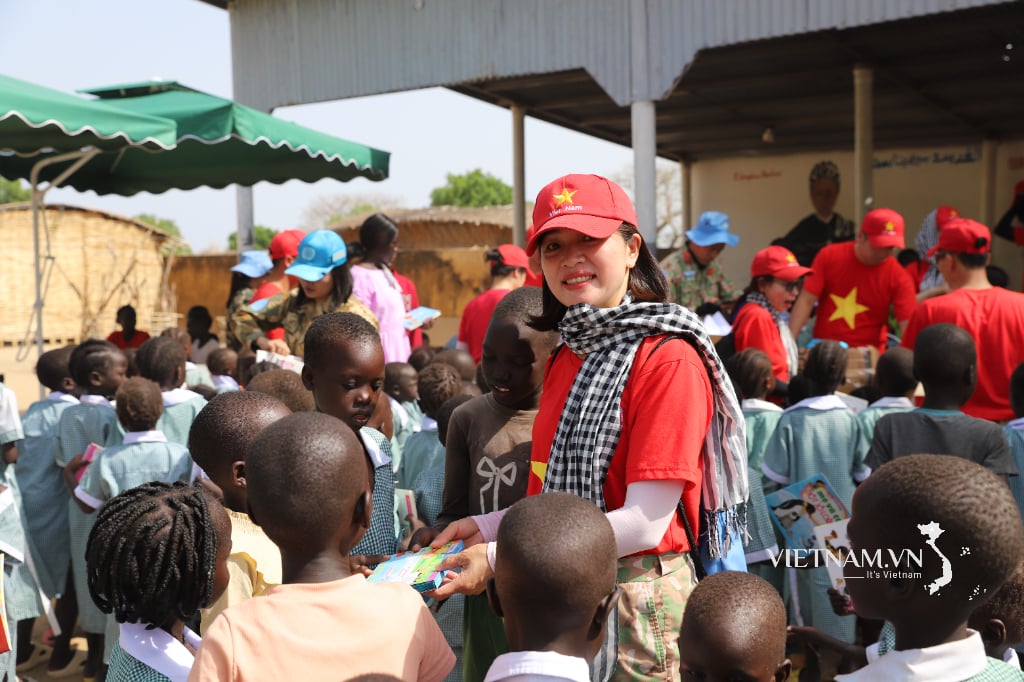

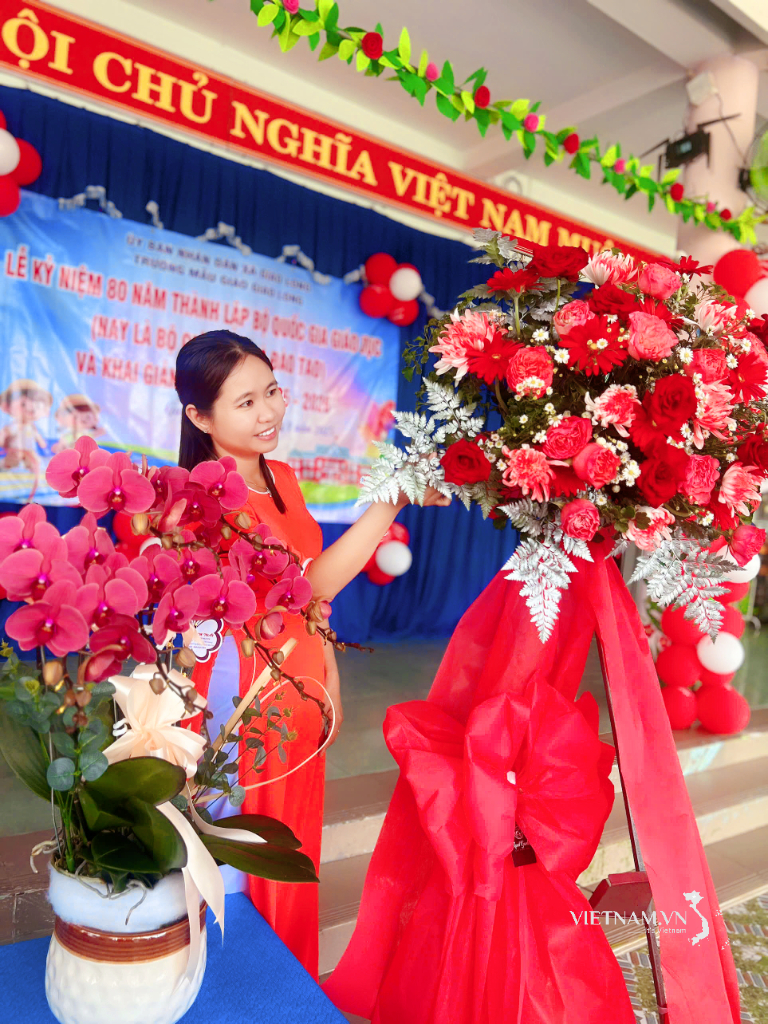

Comment (0)